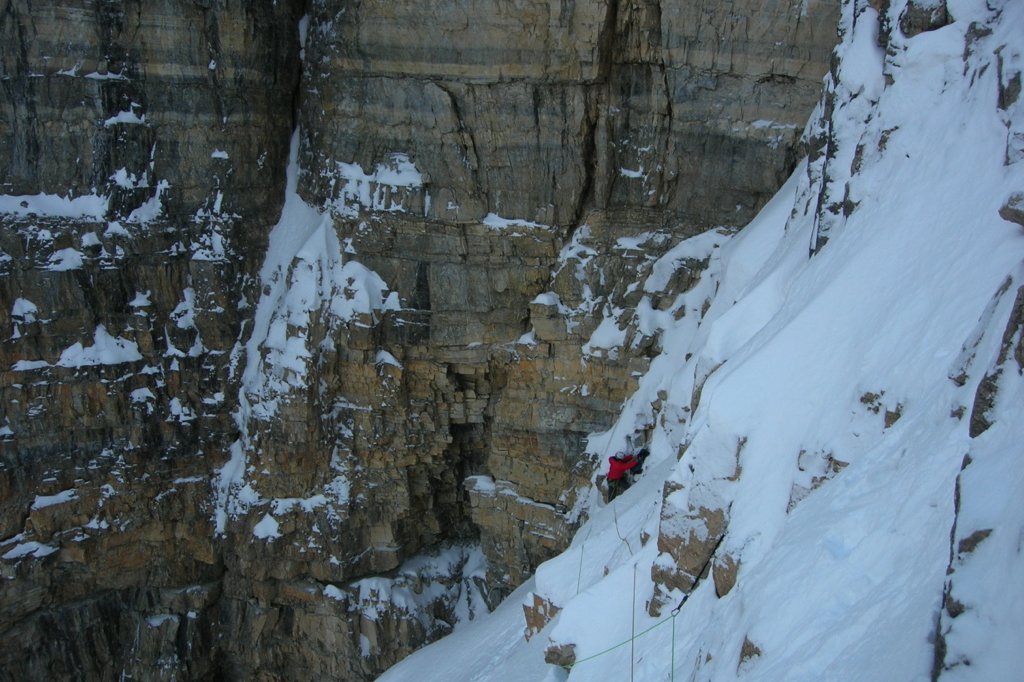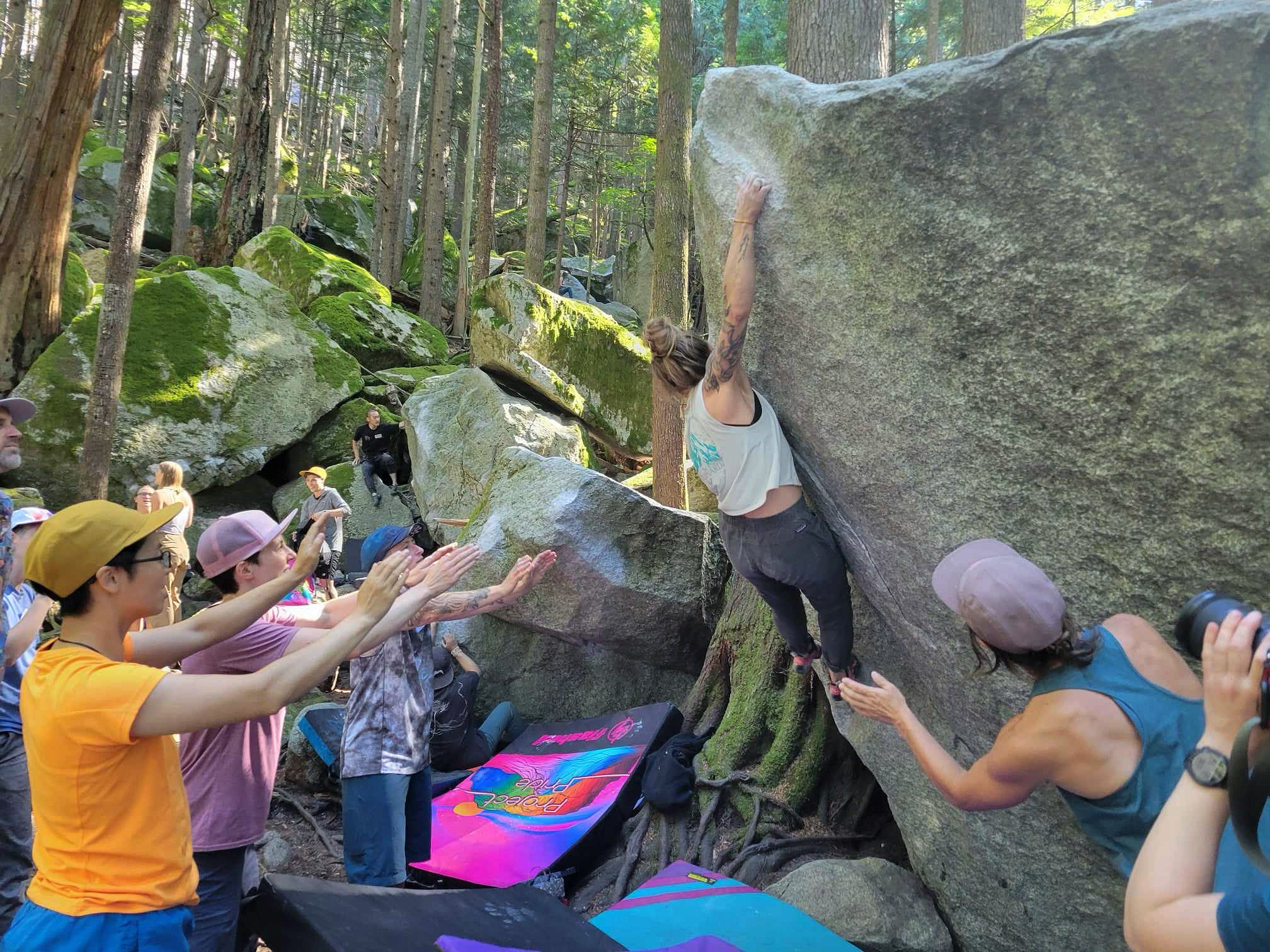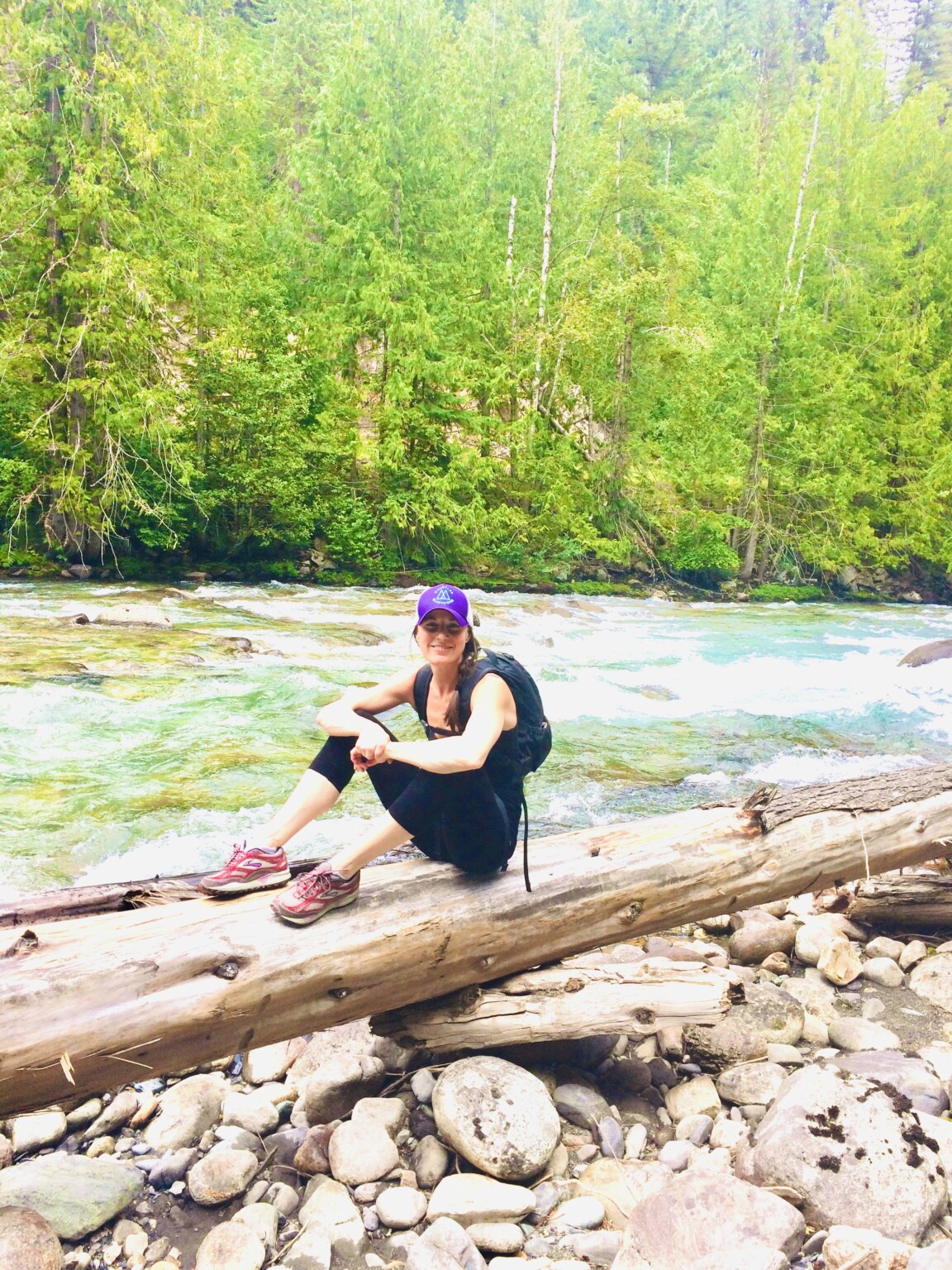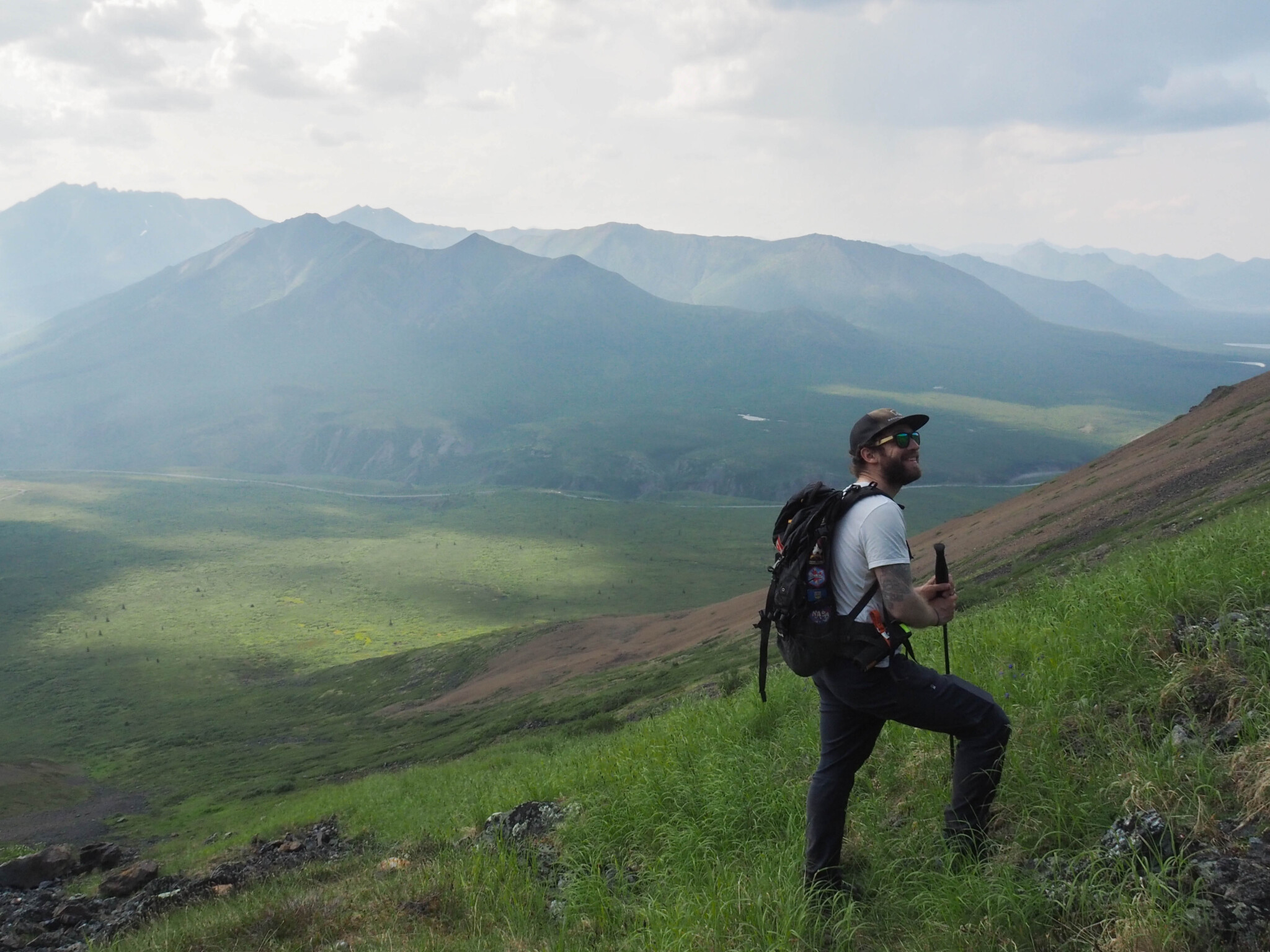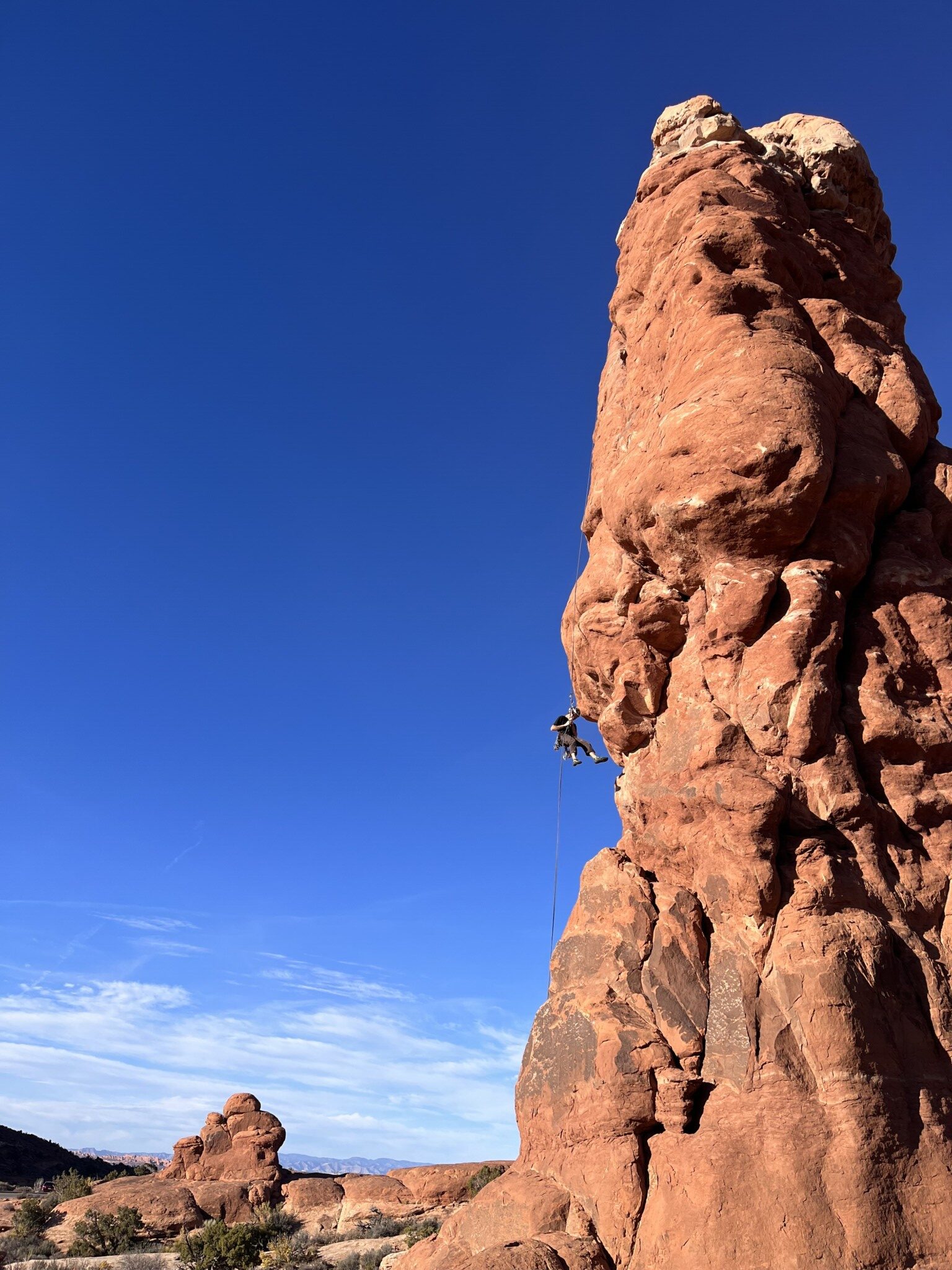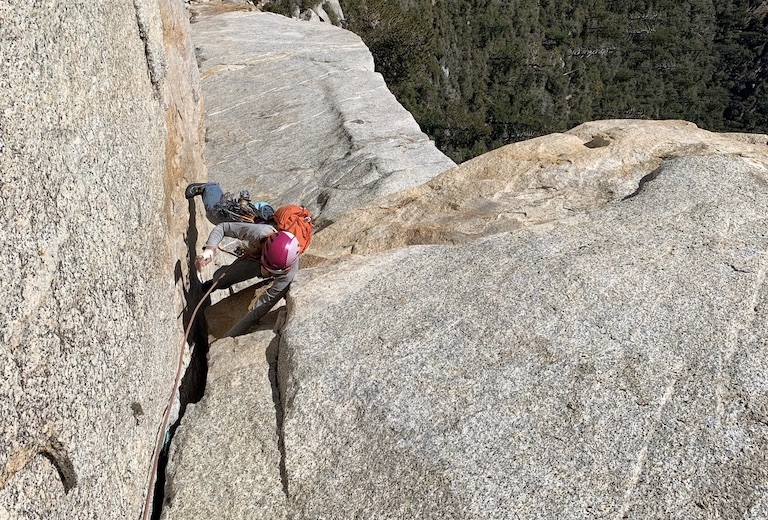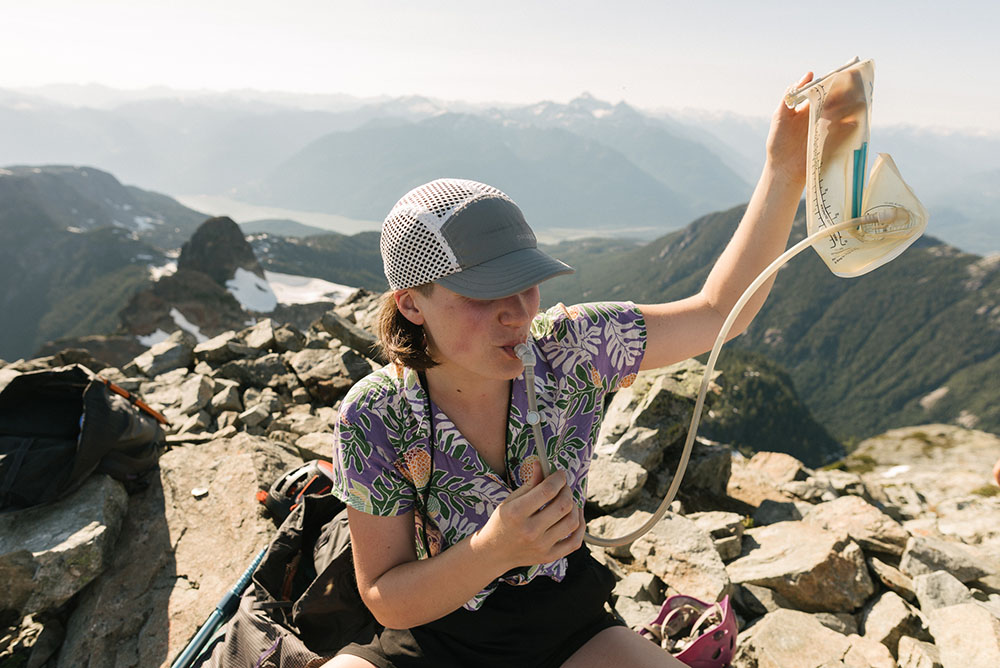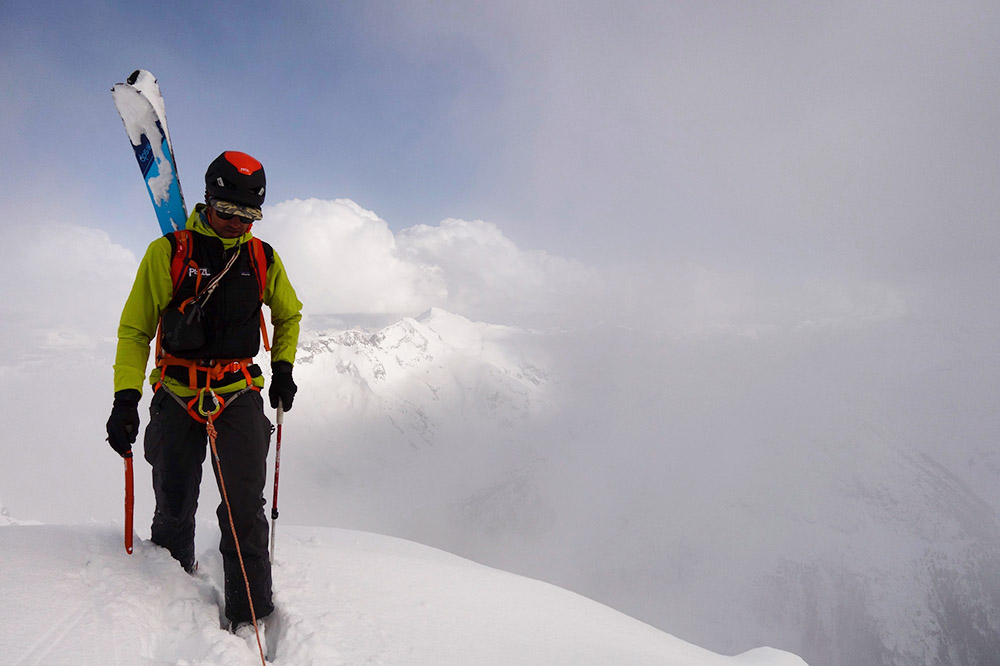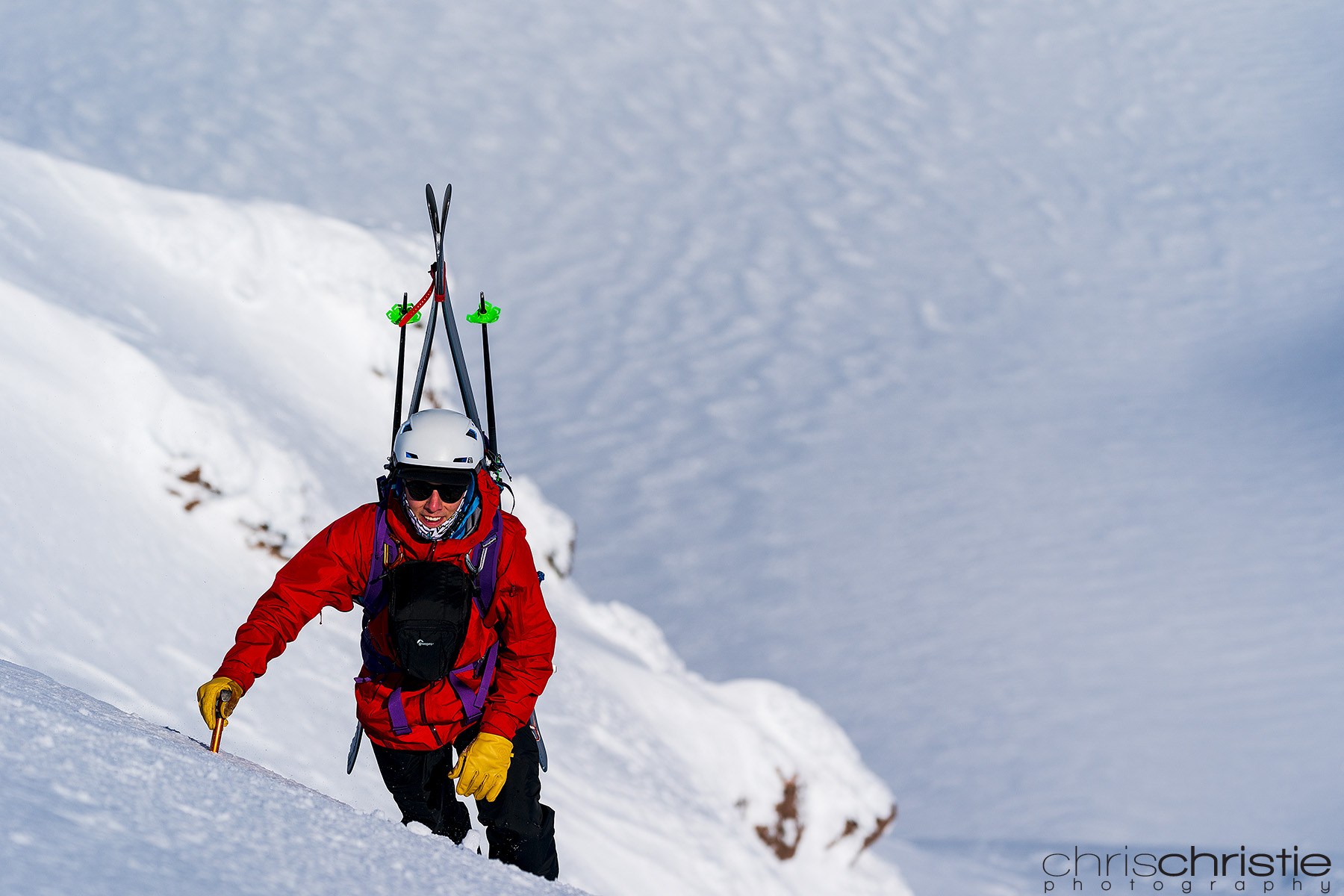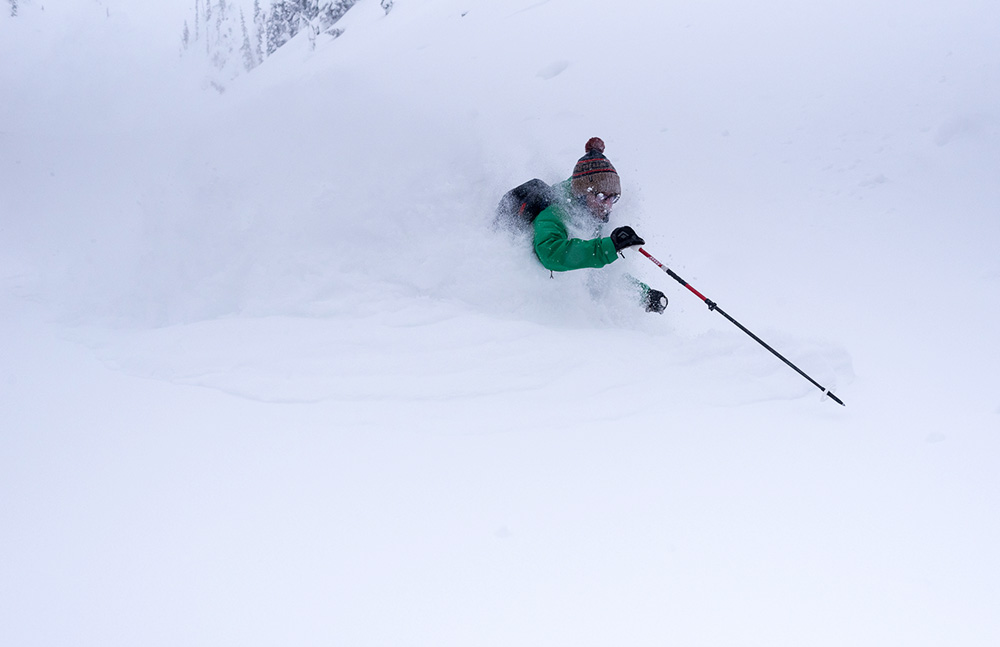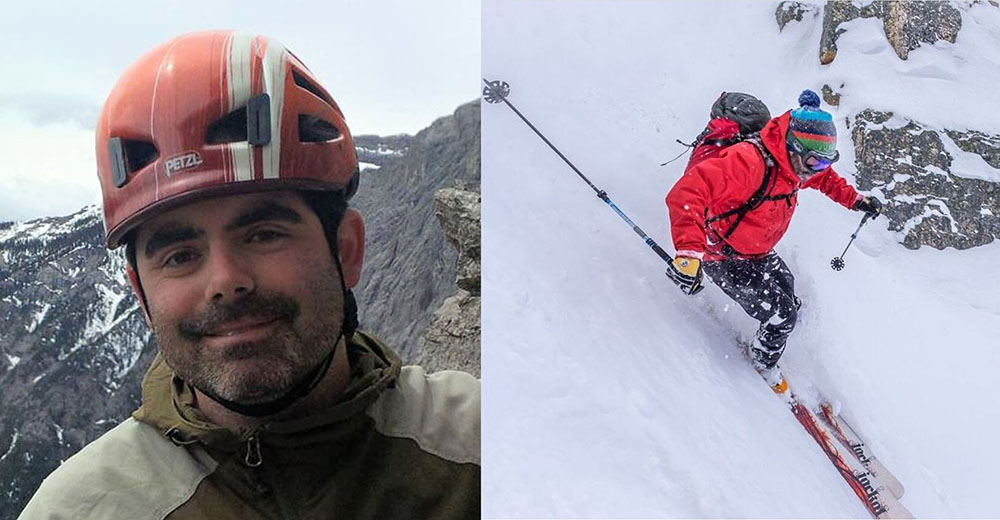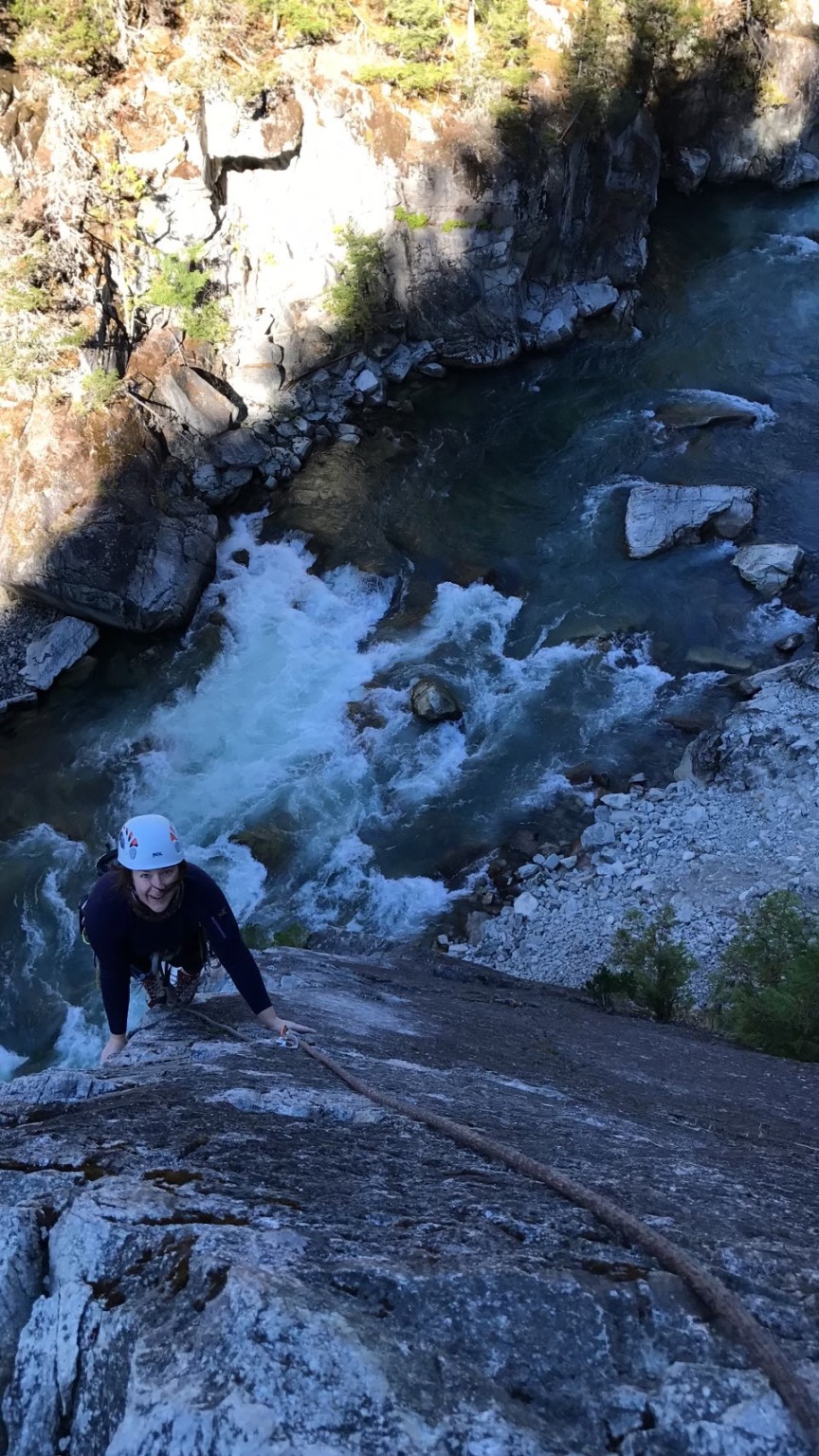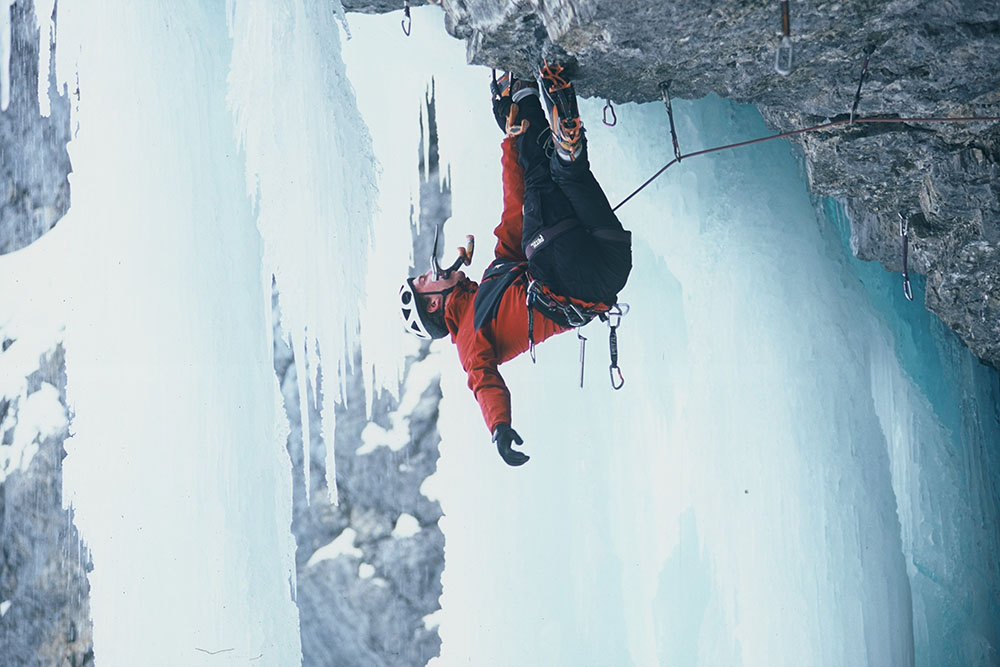Winter climbing, or better yet the edge of winter climbing considered “Alpinism”, has to be one of the more committing things a human can do on this planet. Of course, heading out climbing in the winter isn’t always “extreme”, and the plan should almost always be to avoid ‘extreme’ conditions even in spite of ‘extreme” objectives or ambitions. The idea is to have lofty goals but pick good weather and conditions. The thing is that you need to be ready for anything, including worse than expected weather or being out longer than you were planning.
With the elevated commitment around heading out into cold and dark vertical terrain in the heart of winter, the one thing that is actually pretty easy to nail down is a clothing system that will really allow you to survive any weather. I know we are approaching spring but (with a desire to produce something of value during “Covid Times”) I decided to share my go-to baseline clothing system for winter climbing.
I use this for everything from days out ice and mixed cragging to smaller and medium-sized alpine outings, let’s say 3 – 15 hour days. The beauty is that, with only slight variations, this is the same system I would use for overnight and multi-day outings in the Canadian Rockies as well as in the medium to larger-sized ranges of the Andes and Alaska range. More on the variations later but to start here is a video calling out both my favourite Patagonia pieces of clothing but also the system I go to in general.

The best part of this clothing set up is that I use almost all of these items year round and for many activities including Ski Touring, Nordic Skiing, Mountain Biking, Rock Climbing, Hiking, Fly Fishing. They are so versitile due to their light weight, breathability and durability.
Translations:
- Soft Shell- Not waterproof. Wind resistant. Breathable. Soft and flexible.
- Hard Shell- Waterproof and windproof but limited breathablity and crunchier feeling.
- Soft shells are usually more durable in that they don’t “fail” if you get a small hole in them. Pin holes in hard shells will lead to leaking….usually not a problem, but when you really need it to be waterproof it is nice for it to be fully waterproof….hence I only wear them when I really need them to avoid hidden failure points.
Gloves:
- The true holy grail of winter climbing. Gloves get wet easily in certain conditions. When it doubt take extra gloves. Always save a pair that are really warm and dry for if the shit hits the fan. I’ve started to take the Patagonia Nano Mitt in size XL for emergency use.
Variations:
- For more remote trips, really cold days, if you generally run cold, or if you think you may spend the night out I suggest moving from the Simul Alpine Pant to the Galvinized Pant that is stretchy but waterproof.
- An alternative to the DAS Parka would be to bring along 2 lighter puffy coats that can layer over each other. Consider buying one oversized and one true to your size. This allows for more options throughout the day, like only climbing with one lighter layer hanging off your harness and having the other in the second climbers pack. This also means you are getting more use out of the puffy that you use year round.
- You may choose to go warmer on the legs and go with some mid weight fleece instead of thicker baselayer. You won’t overheat as fast from having warm pants as you do if you are over dressed on your upper.
Tech tip:
- I often bring an extra light baselayer top and extra socks in my pack to put on after the approach. This allows you to get wet on the approach and quickly change into dry clothes once the day slows down. It is game changing for moral after a sweaty slog on a cold day.
Shelter and Warmth:
- While this system should allow for the winter climber to survive almost any conditions it is important to have a few addtional emergency items in your pack. This includes first and foremost a sil tarp. This can provide shelter in a storm but also act as a vapor barrier if ever you were to suffer a significant slowdown due to weather, nightfall, or injury.
- You may also consider a light stove and pot to boil some water.
Final Note:
Please support your local retailer when sourcing any of these items. These stores are the lifeblood of our communities and without them the outdoor community will not be what it is today. Engage with them and they will provide great information about outdoor pursuits and friendship for years to come.
Happy Trails and Stay Well!
RO
Links to products (again please buy locally):
Micro Puff Vest (I have the Nano but the Micro is lighter and warmer)
DAS Parka– coming to a store near you in August 2020
Related Articles
Nothing found.
